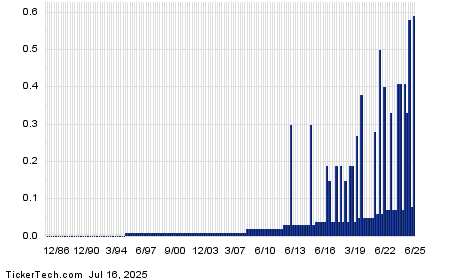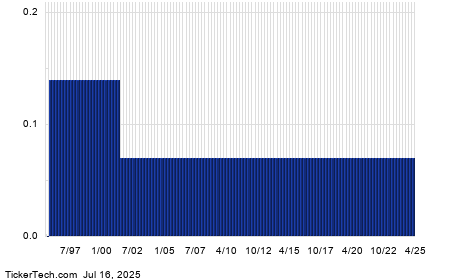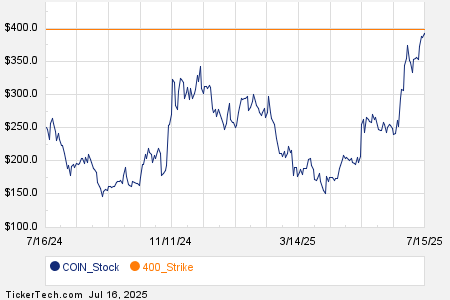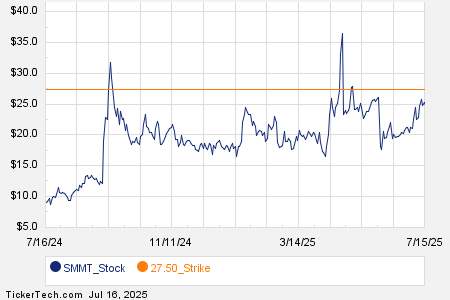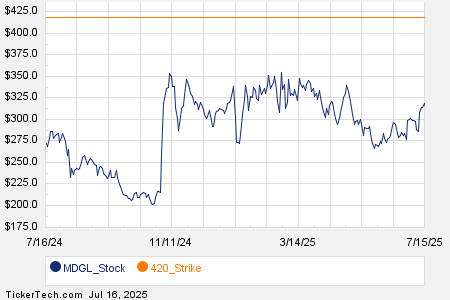“`html
Understanding Stock Buybacks: A Deep Dive into Their Effects
Stock buybacks can profoundly influence shareholders and the overall stock market. By reducing the number of outstanding shares, buybacks can enhance stock value, change dividend payments, and shift market opinions. Keep reading to discover how these practices impact investors.
The Direct Impact on Shareholders
Stock buybacks serve as a potent strategy that can transform shareholder dynamics. By lowering the number of circulating shares, companies enhance ownership stakes, elevate stock value, and boost investor confidence.
Increased Ownership Stakes
When a company buys back its shares, it decreases the total number of outstanding shares. This reduction means each remaining share represents a larger ownership stake, benefiting investors without requiring further investment. The enhanced ownership can also empower shareholders, granting them a more substantial voice in corporate decisions, such as mergers or board appointments. This influence can lead to a stronger alignment between long-term investors and the company’s strategic direction.
Boosted Stock Value
Buybacks can lead to higher share prices. By cutting the supply of shares available in the market, the action can exert upward pressure on stock prices, benefiting shareholders as their investments grow. This effect is especially strong when buybacks happen during times when the stock price is undervalued.
Companies frequently undertake buybacks to show confidence in their financial health and future growth prospects. When management indicates that they believe the stock is undervalued, it can bolster investor sentiment. However, the long-term impacts on stock value hinge largely on a company’s ability to maintain profitability and growth.
Effects on Dividends
Buybacks influence how companies approach dividends. By lowering the total shares in circulation, companies might be able to increase the dividend payout per share without raising the overall commitment. This strategy offers shareholders better returns while allowing firms to remain financially flexible.
Dividend Allocation
As the number of outstanding shares decreases, companies that keep their total dividend payout can raise the per-share dividend amount. This increase translates to better returns for shareholders, appealing especially to those focused on income rather than capital growth.
Moreover, attractive per-share dividends may draw in new investors searching for stable income. Over time, this can bolster a company’s reputation as a dependable dividend payer, potentially elevating its stock demand and value.
Dividend Substitution
Some firms may prioritize buybacks over consistent dividends to return capital to shareholders. Buybacks offer adaptability, allowing firms to modify their capital return strategies according to financial performance, while dividends require a longer-term dedication.
This approach has varied implications. While buybacks offer a response to market fluctuations, they can frustrate income-oriented investors who favor regular dividend payments. Investors should carefully assess if a company’s strategy aligns with their financial goals.
Indirect Effects on Investor Sentiment
Stock buybacks often convey a confidence signal to the market about a company’s future. These actions can reassure investors regarding the stability and growth prospects of their investments, but their effectiveness largely hinges on perception.
Market Confidence
Buybacks typically indicate that a company views its stock as undervalued or that it possesses strong financial health. This can enhance investor confidence and attract further investments, potentially increasing stock prices. The psychological impact of a buyback announcement can sometimes outweigh its immediate financial outcomes, as it strengthens positive sentiment around the company.
However, the effectiveness of this signal depends on how the market interprets it. If investors suspect buybacks are being used to hide financial weaknesses or inflate earnings per share (EPS), skepticism may arise instead of trust. Thus, corporate communication around buybacks must be transparent.
Potential Risks
Even though buybacks can be viewed positively, they come with risks. Companies that finance buybacks through debt may expose themselves to severe financial risks. Investors need to determine if the buyback strategy aligns with the company’s long-term viability.
Over-reliance on buybacks might draw resources away from crucial areas like research, employee development, or strategic acquisitions. This could limit a company’s adaptability to market changes or hinder its competitive edge.
Implications for the Stock Market
The repercussions of stock buybacks extend beyond individual shareholders, influencing market liquidity, price fluctuations, and the strategic choices of rival firms.
Market Liquidity
Significant buybacks can shrink market liquidity by lowering the number of shares available for trading. This can hinder investor trading activities and impact their ability to buy or sell shares smoothly. Reduced liquidity may also widen bid-ask spreads, increasing transaction costs.
In severe cases, decreased liquidity can contribute to market instability, especially during volatile periods. Policymakers and regulators often oversee large-scale buybacks to ensure they do not disrupt broader market dynamics.
Stock Price Volatility
Buybacks can introduce short-term stock price fluctuations, particularly if the market reacts strongly to the announcements. While this volatility may create trading opportunities, long-term investors should remain focused on the company’s core financial health.
Timing for buybacks is crucial. If a company consistently repurchases shares during market downturns, it can help stabilize its stock price and reduce downside risk. Conversely, poorly timed buybacks during market highs can lead to overpaying for shares, adversely affecting shareholder value.
Key Considerations for Shareholders
Despite the potential advantages, stock buybacks also introduce challenges and risks that shareholders must assess. Grasping the intent, implementation, and long-term ramifications of buybacks can empower investors to make informed decisions.
Long-Term Perspective
“`
Weighing the Pros and Cons of Stock Buybacks
Immediate Benefits vs. Future Consequences
Shareholders must consider immediate perks from buybacks, like rising stock prices, alongside their possible long-term effects on the company’s financial stability and growth potential. A heavy emphasis on buybacks may undermine essential investments in innovation and expansion.
It’s crucial for investors to evaluate the sustainability of a company’s buyback program. Do these buybacks rely on strong cash flow and a solid balance sheet, or are they financed through excessive debt? Recognizing these financial fundamentals aids in making smart investment choices.
Understanding the Company’s Intentions
Not all buyback programs are the same. Investors should assess whether a buyback is genuinely aimed at increasing shareholder value or simply meant to inflate stock prices artificially. Analyzing the company’s financial health and strategic objectives can yield important insights.
Examining the intentions behind buybacks can also reveal the difference between firms that manage well and those focused only on short-term appearances. For example, if a company buys back shares mainly to offset stock options for executives, it may not be acting in the best interest of shareholders.
Striking a Balance: Weighing Stock Buyback Impacts and Risks
Stock buybacks can have significant effects on both shareholders and overall market health. They can enhance stock values and dividends, yet might also introduce risks like decreased market liquidity and the chance of over-leveraging. Therefore, it is essential for investors to consider the broader implications of buybacks when assessing their portfolios.
Grasping the finer details of buyback strategies—including their timing, size, and methods of funding—gives investors crucial insights into a company’s priorities and future viability. By staying knowledgeable and perceptive, investors can better navigate the complexities of stock buybacks and refine their investment strategies.
Further Reading on Stock Buybacks
The views and opinions expressed herein are those of the author and do not necessarily reflect those of Nasdaq, Inc.




